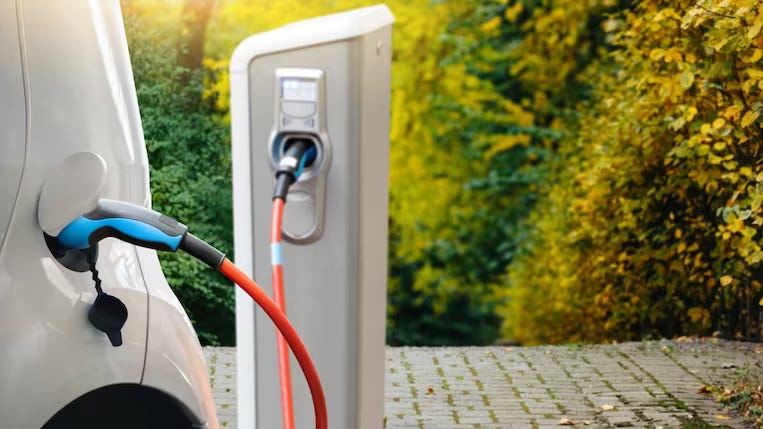From Kelly Blue Book: Cost to charge an EV
Kelly Blue Book just added EV charging costs to their guide as well as an update on charging locations.
As you know, I’ve been studying EV technology and charging scenarios for a while now, and I’m running my own experiments and calculations to determine just how much of the EV marketing is smoke and mirrors, and how much is reality.
My main concern is the safety and longevity of the EV batteries, with a huge emphasis on the ability of the US power grid to supply enough electricity to charge all the new EVs coming online. But as you also know, I like to create my own mathematical models, gather my own empirical data, and come to my own conclusions. And, of course, I plan to write about it all and get feedback from my readers.
Enter Kelly Blue Book
That being said, I see that Kelly Blue Book has just published a guide on the cost to charge Electric Vehicles at home and on the road.
I don’t have enough personal experience to confirm their numbers, so I’ve asked Rivian for a R1T and Ford for an F-150 Lightning to experiment with, so as soon as I get test vehicles I’ll be able to gather real-world cost and mileage estimates to share with you. And I also have access to an environmental chamber for cold weather testing so I can confirm heating and air conditioning estimates. But in the meantime, here’s what KBB predicts.
Quick Facts on Electric Car Charging Costs
Charging an electric vehicle battery overnight at home is likely the least expensive option.
Gas prices fluctuate, and electricity rates vary regionally, but in most cases, it costs less per month to charge an EV than to buy gas for a traditional vehicle.
While free options are available, public charging stations have time-based fees that usually cost more than home charging.
What do I think?
At first blush their numbers look correct, but I’ll get out the slide rule and calculator and apply my skeptical scientist logic. Once I have some more EV road time and charging experience, both while towing and driving solo, I should be able to confirm or refute their numbers.
So here’s your chance to read their article in full and begin going over their numbers for yourself. Just click on the picture above or HERE. Then let’s compare notes in the comments below.
No Politics Please
Remember, this is not a political discussion, I’m looking for real math and science to explain if EV technology and the US charging infrastructure is ready for prime time. Or if not, just when will it happen?
I’m on the fence about this since I can’t get a lot of straight answers from my contacts at the various EV manufacturers.
We shall see…







The other thing to consider is the possibility of bi-directional charging. That would allow your EV’s 75kWh to 100kWh battery to act as PowerWall storage for your home solar system. More to study…
Sooner or later, the states are going to have to tax or charge a high yearly fee on EVs. If EVs, which are heavier vehicles, aren't paying a gas tax but are using the highways, the cost to build and maintain the roadways will have to come from somewhere.